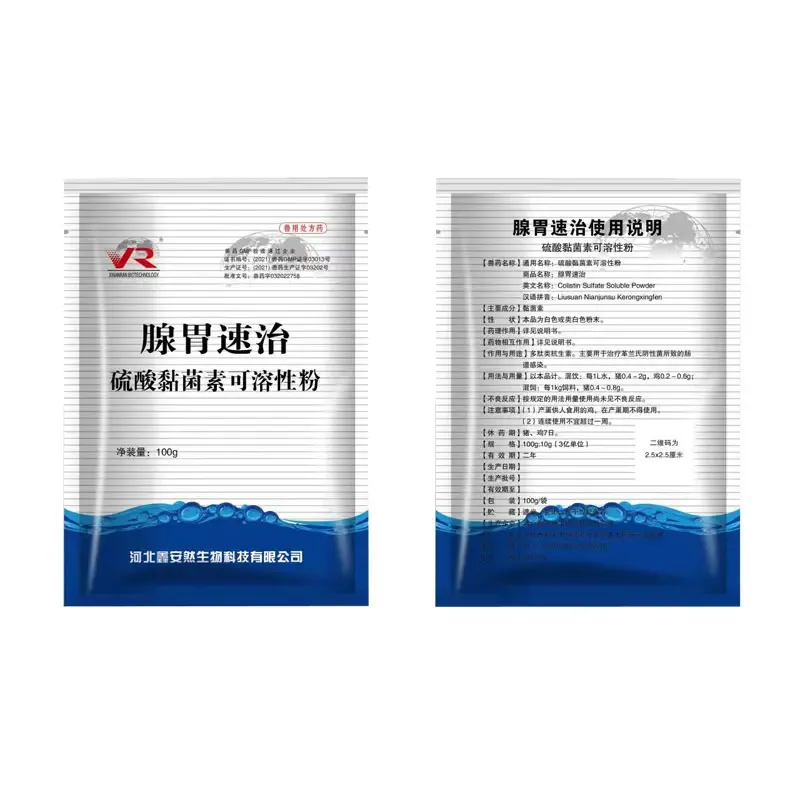- Afrikaans
- Albanian
- Amharic
- Arabic
- Armenian
- Azerbaijani
- Basque
- Belarusian
- Bengali
- Bosnian
- Bulgarian
- Catalan
- Cebuano
- Corsican
- Croatian
- Czech
- Danish
- Dutch
- English
- Esperanto
- Estonian
- Finnish
- French
- Frisian
- Galician
- Georgian
- German
- Greek
- Gujarati
- Haitian Creole
- hausa
- hawaiian
- Hebrew
- Hindi
- Miao
- Hungarian
- Icelandic
- igbo
- Indonesian
- irish
- Italian
- Japanese
- Javanese
- Kannada
- kazakh
- Khmer
- Rwandese
- Korean
- Kurdish
- Kyrgyz
- Lao
- Latin
- Latvian
- Lithuanian
- Luxembourgish
- Macedonian
- Malgashi
- Malay
- Malayalam
- Maltese
- Maori
- Marathi
- Mongolian
- Myanmar
- Nepali
- Norwegian
- Norwegian
- Occitan
- Pashto
- Persian
- Polish
- Portuguese
- Punjabi
- Romanian
- Russian
- Samoan
- Scottish Gaelic
- Serbian
- Sesotho
- Shona
- Sindhi
- Sinhala
- Slovak
- Slovenian
- Somali
- Spanish
- Sundanese
- Swahili
- Swedish
- Tagalog
- Tajik
- Tamil
- Tatar
- Telugu
- Thai
- Turkish
- Turkmen
- Ukrainian
- Urdu
- Uighur
- Uzbek
- Vietnamese
- Welsh
- Bantu
- Yiddish
- Yoruba
- Zulu
Ліст . 08, 2024 05:01 Back to list
Commonly Used Disinfectants for Animal Care in Veterinary Clinics
Common Disinfectants Used in Veterinary Practice
Disinfection is a critical component of maintaining hygiene and controlling the spread of pathogens in veterinary practices. Veterinary clinics, animal hospitals, and shelters often encounter a variety of infectious diseases that affect both domestic and wild animals. Consequently, effective disinfectant use is essential to protect animal health, prevent disease transmission, and ensure a safe environment for both animals and their caretakers.
Importance of Disinfection in Veterinary Settings
In the veterinary field, the risk of infectious disease outbreaks is heightened due to the close proximity of animals, especially in shelters and clinics where multiple animals are treated or housed. Diseases such as parvovirus in dogs, feline leukemia virus, and various zoonotic diseases can be transmitted easily if proper sanitation practices are not observed. Disinfectants play a vital role in reducing the load of pathogens, thus minimizing the risk of outbreaks.
Veterinary professionals need to select appropriate disinfectants based on their effectiveness against specific pathogens, the surfaces being treated, and the presence of organic matter. Understanding the characteristics and applications of common disinfectants can help ensure a consistent and effective disinfection strategy.
Common Disinfectants
1. Chlorine Compounds One of the most widely used disinfectants in veterinary settings is sodium hypochlorite, commonly known as bleach. It is highly effective against a range of bacteria, viruses, and fungi. Sodium hypochlorite works by denaturing proteins and disrupting cellular functions. However, it can be corrosive to some surfaces and can degrade in the presence of organic matter. To ensure efficacy, surfaces should be cleaned before applying bleach, and it should be diluted appropriately (typically 110 to 132 for general disinfection).
2. Quaternary Ammonium Compounds (Quats) Quats are another category of disinfectants frequently utilized in veterinary practices. They are effective against a variety of bacteria, some viruses, and fungi. Common brands include Benzalkonium Chloride. Quaternary ammonium compounds are relatively non-toxic and pleasant-smelling, making them popular for use in animal care environments. However, they are not effective against certain pathogens, such as parvovirus, which requires additional measures for effective disinfection.
common disinfectants used in veterinary practice

3. Phenolic Compounds Phenolics, such as phenol and cresol, are effective disinfectants and can be used to decontaminate surfaces in veterinary clinics and hospitals. They are effective against bacteria, fungi, and enveloped viruses. However, they may be toxic to some animals and should be used with caution. It is crucial to ensure that treated areas are well-ventilated and that animals are removed from the premises during application.
4. Hydrogen Peroxide Hydrogen peroxide serves as a powerful oxidizing agent that is effective against bacteria, viruses, and spores. It decomposes into water and oxygen, making it more environmentally friendly than other chemicals. However, its efficacy can be reduced in the presence of organic matter, so pre-cleaning surfaces is essential. Hydrogen peroxide can be used in various concentrations; a 3% solution is commonly used for general disinfecting while higher concentrations (up to 10%) may be applied for more challenging situations.
5. Peracetic Acid Peracetic acid is a potent disinfectant that can effectively eliminate a wide range of pathogens, including bacteria, viruses, and fungi. It is biodegradable and leaves no harmful residues, making it suitable for use in sensitive environments. However, its strong odor and potential for irritation require careful handling and appropriate use in well-ventilated areas.
Best Practices for Disinfection
To effectively implement disinfection protocols in a veterinary setting, it is essential to follow best practices
- Pre-Cleaning Surfaces should be cleaned of organic matter before disinfection to enhance the efficacy of the disinfectant. - Proper Dilution Following manufacturer instructions for dilution is critical to ensure the disinfectant's effectiveness. - Contact Time Allowing sufficient contact time for the disinfectant to work is vital for killing pathogens effectively. - Personal Protective Equipment (PPE) Using appropriate PPE, such as gloves and masks, protects veterinarians and staff from potential hazards associated with chemical disinfectants.
In conclusion, disinfection is a fundamental aspect of veterinary practice aimed at safeguarding animal and human health. Understanding the properties and applications of common disinfectants enables veterinary professionals to create a safer and more hygienic environment, ultimately leading to better animal care and reduced incidence of infectious diseases. Regular staff training on cleaning protocols and disinfectant usage can further enhance the effectiveness of disinfection efforts within veterinary settings.
-
Guide to Oxytetracycline Injection
NewsMar.27,2025
-
Guide to Colistin Sulphate
NewsMar.27,2025
-
Gentamicin Sulfate: Uses, Price, And Key Information
NewsMar.27,2025
-
Enrofloxacin Injection: Uses, Price, And Supplier Information
NewsMar.27,2025
-
Dexamethasone Sodium Phosphate Injection: Uses, Price, And Key Information
NewsMar.27,2025
-
Albendazole Tablet: Uses, Dosage, Cost, And Key Information
NewsMar.27,2025













